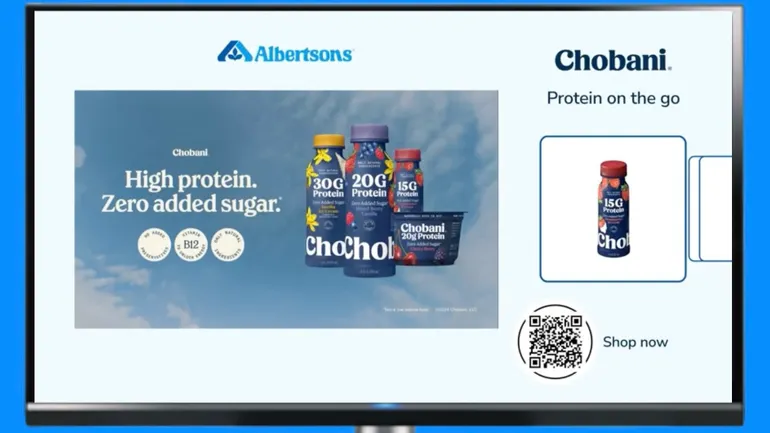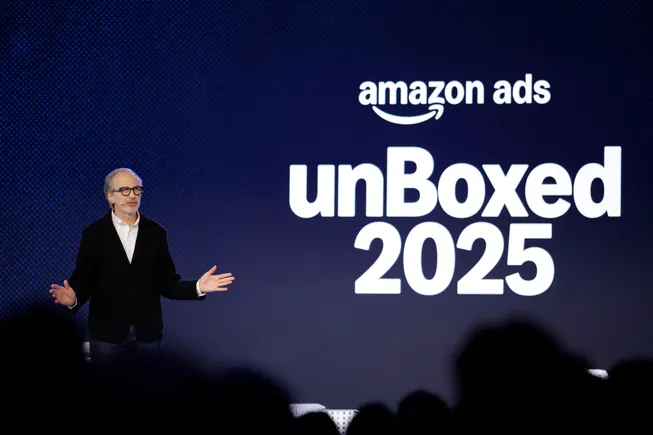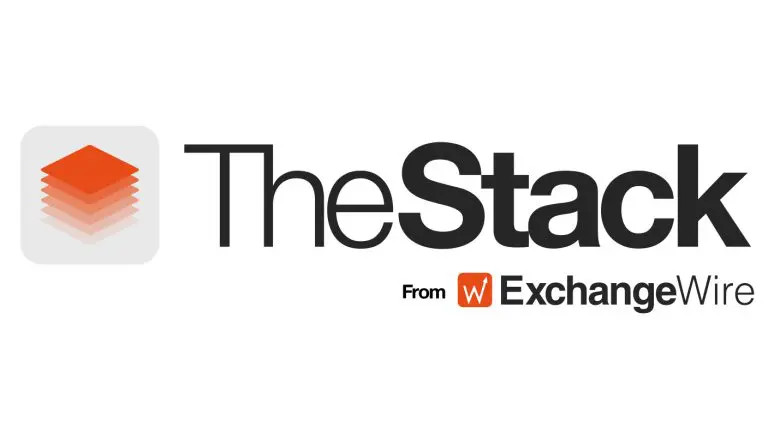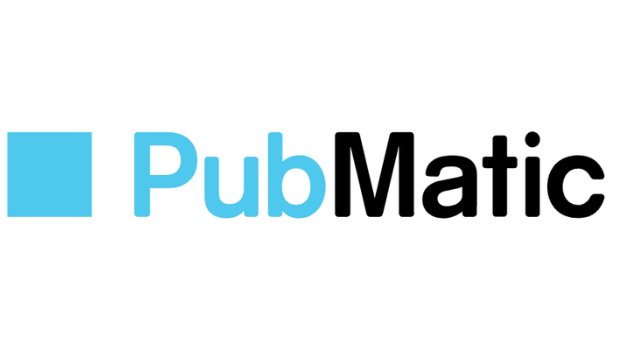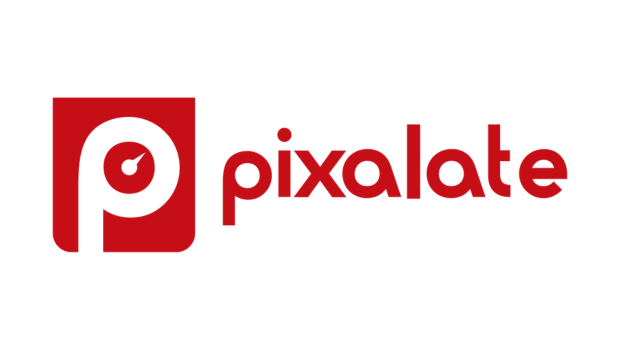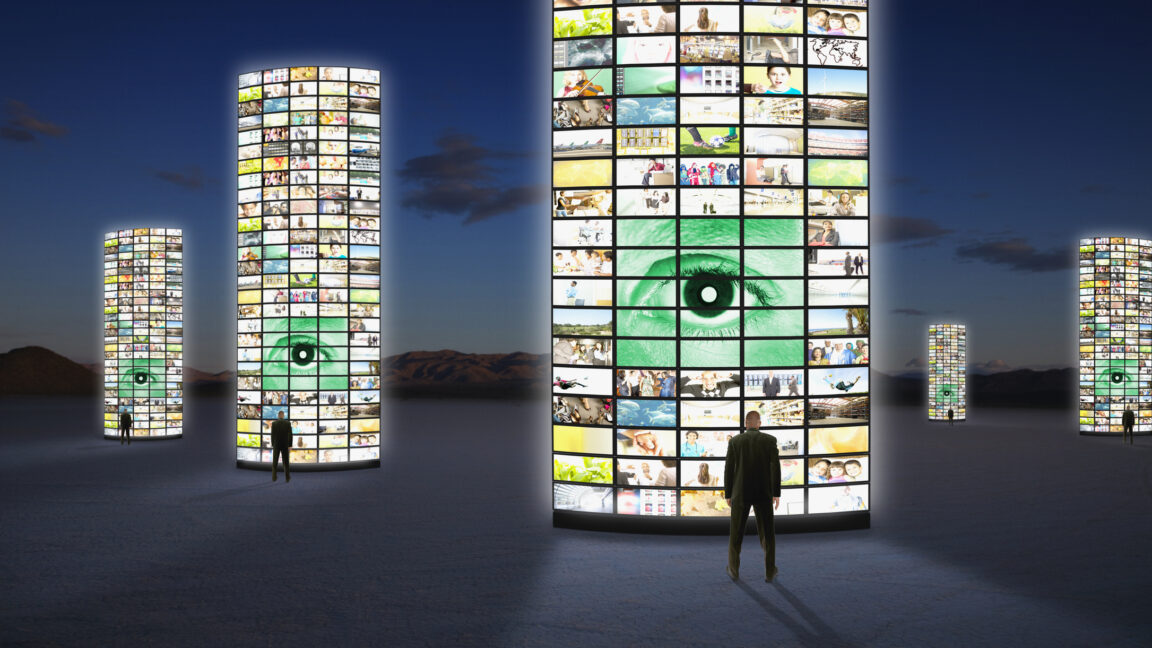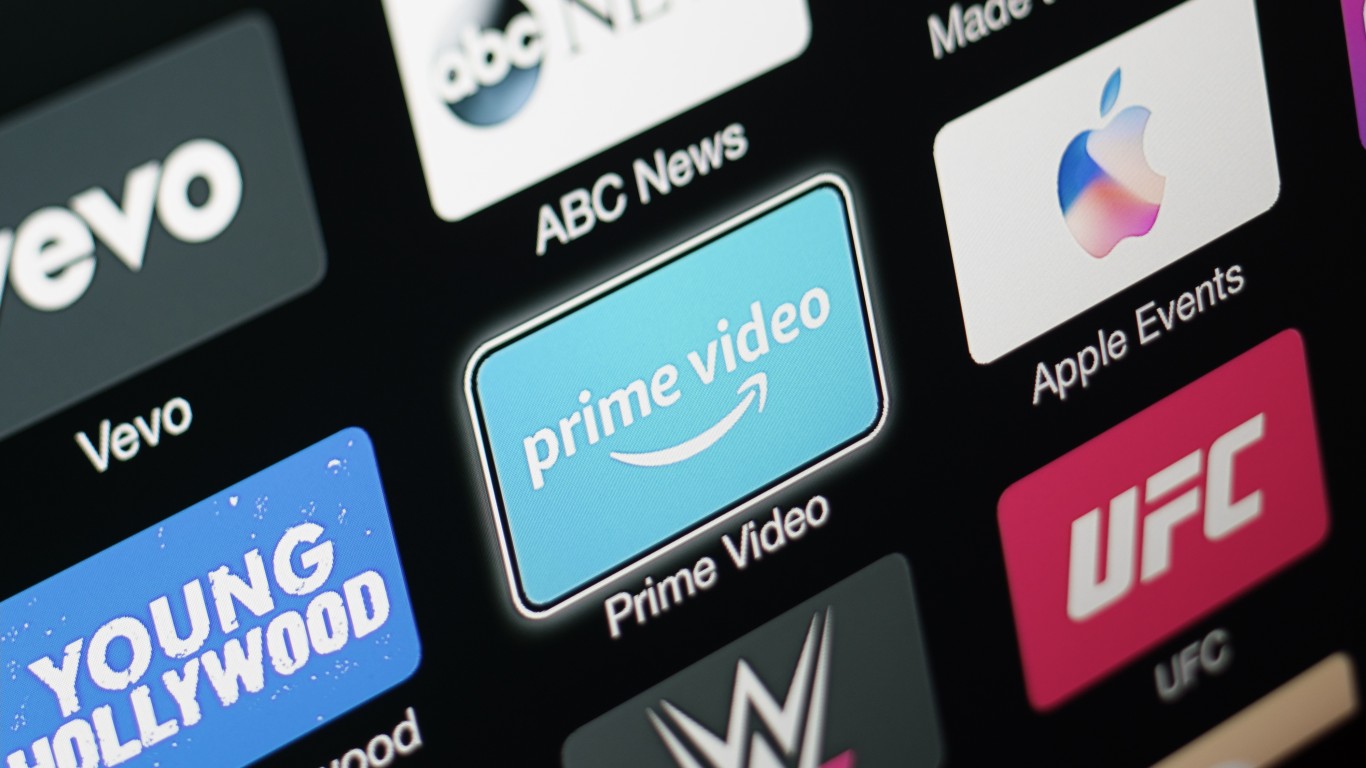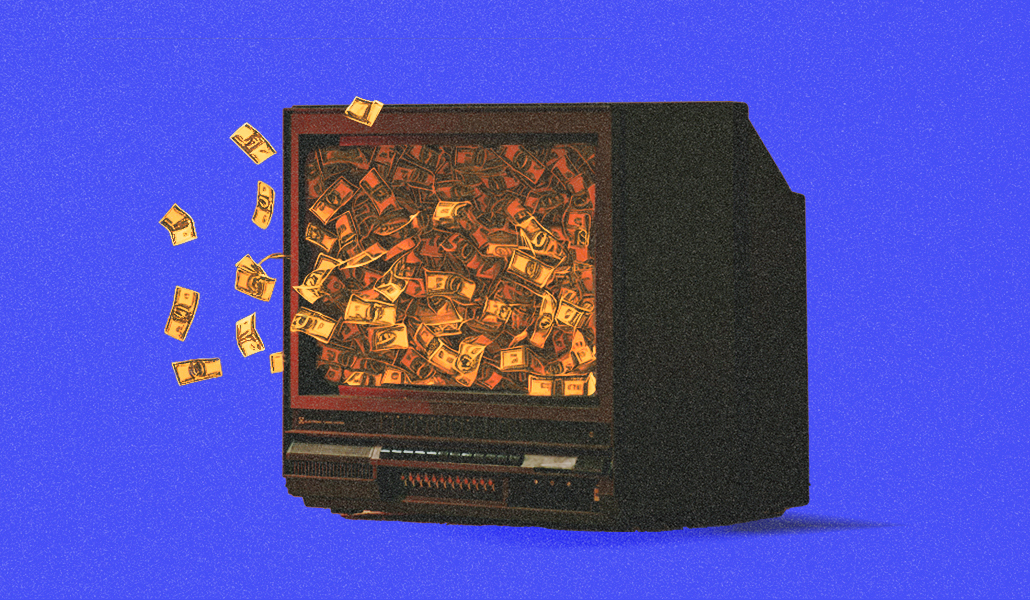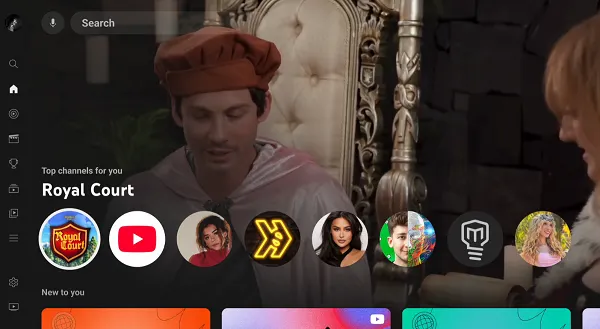fromExchangewire
18 hours agoMedia Experts in Australia Prioritise CTV, Retail Media, & Social Media Influence as AI Reshapes 2026 Strategies
"2026 will be a defining year for Australia's digital ecosystem," said Jessica Miles, country manager ANZ at IAS. "As AI accelerates the creation of content at unprecedented speed, brands are demanding sharper attention insights, stronger transparency, measurement, and optimisation that can keep pace with the complexity of emerging media. The next year will reward marketers who embrace innovation, and who invest not just in reach, but in the quality and integrity of every impression."
Marketing tech
